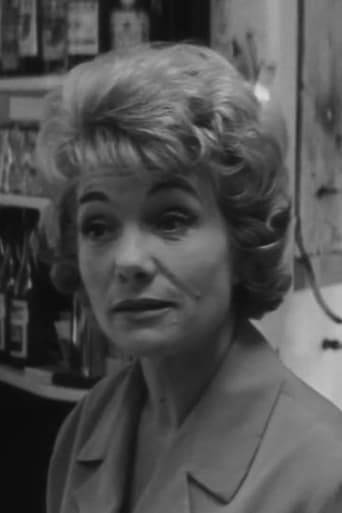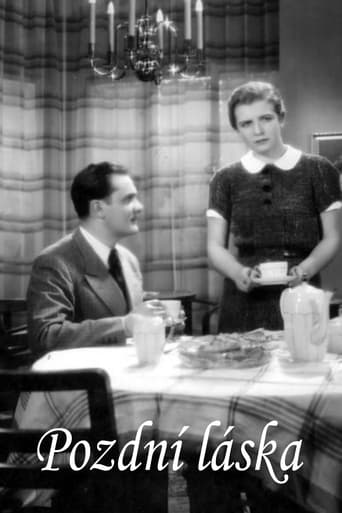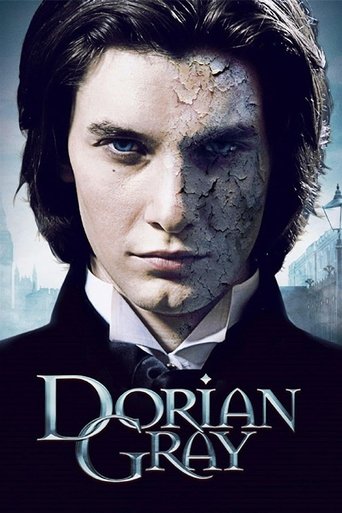
Shoot the Piano Player (1960)
Charlie is a former classical pianist who has changed his name and now plays jazz in a grimy Paris bar. When Charlie's brothers, Richard and Chico, surface and ask for Charlie's help while on the run from gangsters they have scammed, he aids their escape. Soon Charlie and Lena, a waitress at the same bar, face trouble when the gangsters arrive, looking for his brothers.
- François Truffaut
- Bjørn Johansen
- Francis Cognany
- Robert Bober
- Suzanne Schiffman
- David Goodis
- Marcel Moussy
- François Truffaut
- François Truffaut
Rating: 7.201/10 by 407 users
Alternative Title:
Shoot the Pianist - GB
Disparen sobre el pianista - AR
Стреляйте по пианиста - BG
피아니스트를 쏴라 - KR
Shoot the Piano Player - US
Skyt på pianisten - NO
Country:
France
Language:
Français
Runtime: 01 hour 25 minutes
Budget: $0
Revenue: $0
Plot Keyword: based on novel or book, organized crime, pianist, french noir
noiroftheweek.com : This isn't the golden age of film noir right now. Nearly every crime film released has critics noting their "noir look" or style. The latest crime films have more to do with comic books and video games than old classic noir. Having a young actor stand in the rain with a fedora looking all squinty and gloomy isn't noir. Bleak Nordic crime TV shows are probably the closest you're going to get now a days. But nothing from the left coast convinces me that film makers even watch old noir, never mind understand it. If you want to see a good tribute to noir you can go back to French films of the 1960s -- right as the style was dying in the US. None's better that François Truffaut's Tirez sur le pianiste (Shoot the Piano Player). After the very French The 400 Blows, Truffaut wanted to show how he was influenced by American films. To make a film that would shock 400 Blows fans and "please the real film nuts and them alone." He adapted the David Goodis novel and created one of the best Valentine's to film noir ever. It would also help elevate pulp writer/screenwriter Goodis reputation as one of the best noir writers of his time. There are some significant changes from the book to the film. The books is American and the story plays it straight. The characters are more heroic. I remember reading the book a few years ago in a coffee shop during a rainy afternoon. In one sitting I devoured it. It's worth the effort to find yourself a copy. The paperback I had included a story in the introduction about the odd Goodis. Once he showed up on a movie set wearing an old worn suit. When one of the actors in the film he was working on made a comment about the writer's cloths, he flashed the designer label inside the jacket -- one that he clearly sewed on himself. Noir fans know that he wrote the screenplay for Dark Passage. In the early 50's Goodis moved from LA back to Philly. He continued to write mostly Gold Medal pulp books. He wrote the occasional screenplay too: the Philadelphia-produced heist film The Burglar; and the highly underrated Nightfall were penned after his stint in Hollywood. The film Shoot the Piano Player helped his reputation as a writer in the 60s. However, his time not writing was consumed in the courts when he sued ABC over The Fugitive -- a show he was convinced was a ripoff of Dark Passage. The fight wasn't over if the show was based on the book, but more to do with the question of whether his story was in the public domain. The courts eventually ruled in his favor year on appeal. He died in 1967-- 5 years prior to the decision. Back to the film. Charles Aznavour -- France's Frank Sinatra -- was cast in the lead. He's a piano player who bottoms out after his wife's suicide. He tries to live a low-profile life in an attempt to hide from his past. But it keeps catching up to him. Aznavour plays the part as a shy, unassuming guy which is a departure from the book. The film is shot in a sometimes non-linear style. It has a New Wave look -- jump cuts, occasional nudity, out-of-sequence shots, heavy with Jazz music and voice overs. It almost becomes a parody of noir at times. Some of the tone shifts and comments from the characters are jarring like it's an attempt to call attention to the silliness of pulp b-movies. One scene has Aznavour telling his topless mistress to hold the sheet over her chest like they do in Hollywood films. But ultimately it's clear that the director wanted to make a noir -- and it is one despite being shot in a New Wave style and on Cinemascope.





























